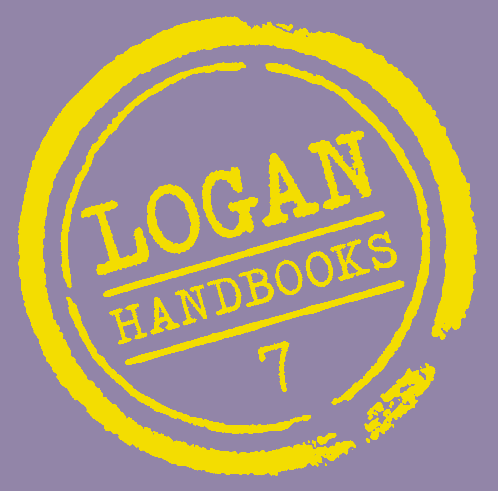Origin and idea

This handbook was published in 2014 as The CIJ's Handbook (Logan Handbook). The Centre of Investigative Journalists gave Silkie Carlo and Arjen Kamphuis the assignment to write this book. Not too long after Snowden blew the whistle about mass surveillance. Thereafter is has become clear that intelligence agencies including the police, have been snooping and spying unbridled to obtain information about journalists, their sources and that they even have destroyed source documents. But for the preservation of democracy, it is of utmost importance that journalists can do their work. The CIJ’s latest handbook, Information Security for Journalists, lays out the most effective means ofkeeping your work private and safe from spying.
Journalism under pressure
These days the definition of mass surveillance is almost common to everyone. The lust of snooping and collecting information by governments, tech giants and other industries is still purging. There are more and more situations in which people are asked (or forced) to disclose information about themselves. In more and more countries the government has become very powerful in terms of surveillance, without proper supervision. The definition of the surveillance state does not seem so strange anymore. HOwever, the mass surveillance is mature, while we are only at the beginning of the story of democracy in the digital age. How we as society respond to this, will demonstrate how good we are in protecting the freedom of speech and the right to a privacy life in the future.
This handbook will help you to learn how to protect you data and communications. It will teach you ways to use tools and methods to protect your story and your source. Tools and methods that have proven itself in the most extreme situations by experts worldwide. If you are a journalist in the 21st century, you need these tools. After all, William Randolph Hearst said decades ago:
Journalism is writing down what powerful people and institutions do not want written.
William Randolph Hearst
When you write something another does not want to see written - which is usually the case in investigative journalism - you must assume that you need to protect yourself, your sources and your story. Adversaries do not want your story published, whether a government, a big company or a criminal organisation. So, if you are a journalist in the 21st century, you need the tools in this book.e eeuw een journalist bent, dan heb je deze tools nodig.
Most devices today can be used to spy on you. However, there are countermeasures. That is, anyone who is willing to spend a few days learning to use software that is free of cost and hardware that is already available to you or that can be bought for under £200. This handbook can get you started on understanding how to secure your data and communications and those of your sources, and to use tools and methods that have been proven to work in the most extreme situations by experts all over the world.
In this book, preventing unauthorised access to you data is the primary focus. You will learn how to stop abuse, access, disclosure, destruction, etc. The focus lies on protecting your computer (laptop) and using it safely. Threats can come from a variaty of adversaries, not just from criminals, but also from competitors, governments and intelligence agencies (dragnet, mass surveillance, industrial espionage). Threats may even come from data brokers who want everybody profiled. So, protection is important. You can protect you information against threats on different risk levels. Depending on the assumed threat, you take the appropriate measures. But how do you do that? This book describes the most effective way to keep your work private, safe from espionage. It explains how you can write safely, how to go about security and how you can receive, store and share information that your adversary does not want to be out in the open, in a safe way. To guarantee your privacy and that of your sources, this book helps to communicate anonymous, with no possibility of deciphering or dectection even.
The authors, and the experts advising the project are ensuring its practical accuracy and usability, and work with the latest technology. Check back regularly though, as new tech may require updates. nvj.nl of artheos.nl om de nieuwste versie te downloaden.
Compilation of the original introductions by Silkie, Arjen and Gavin MacFayden with additions by Helma.